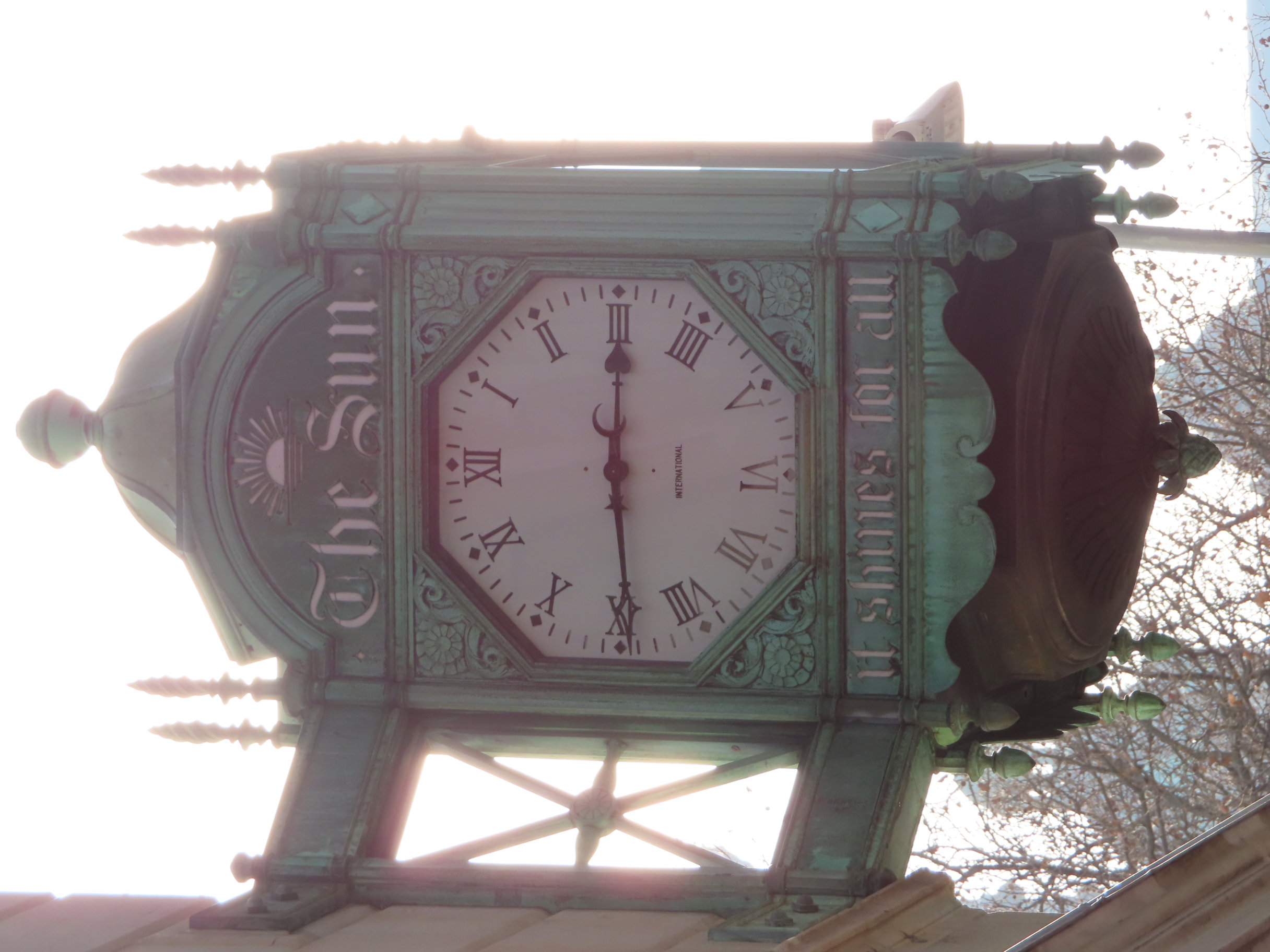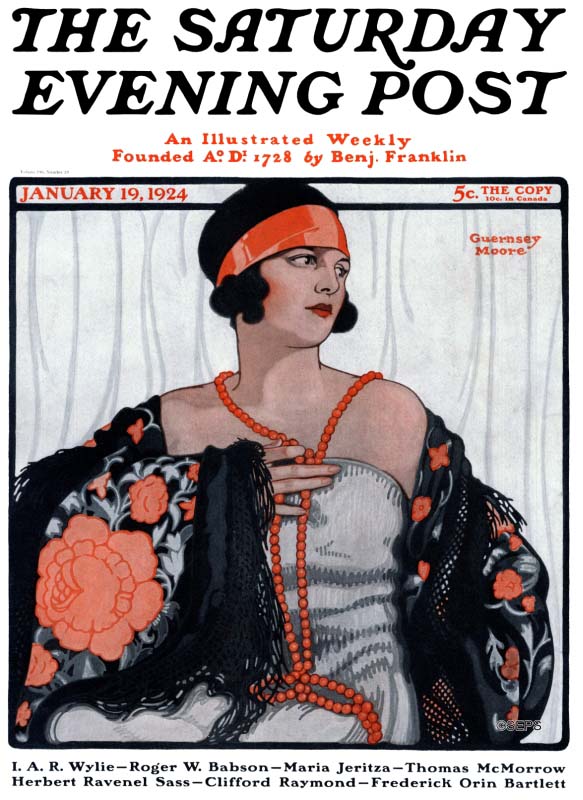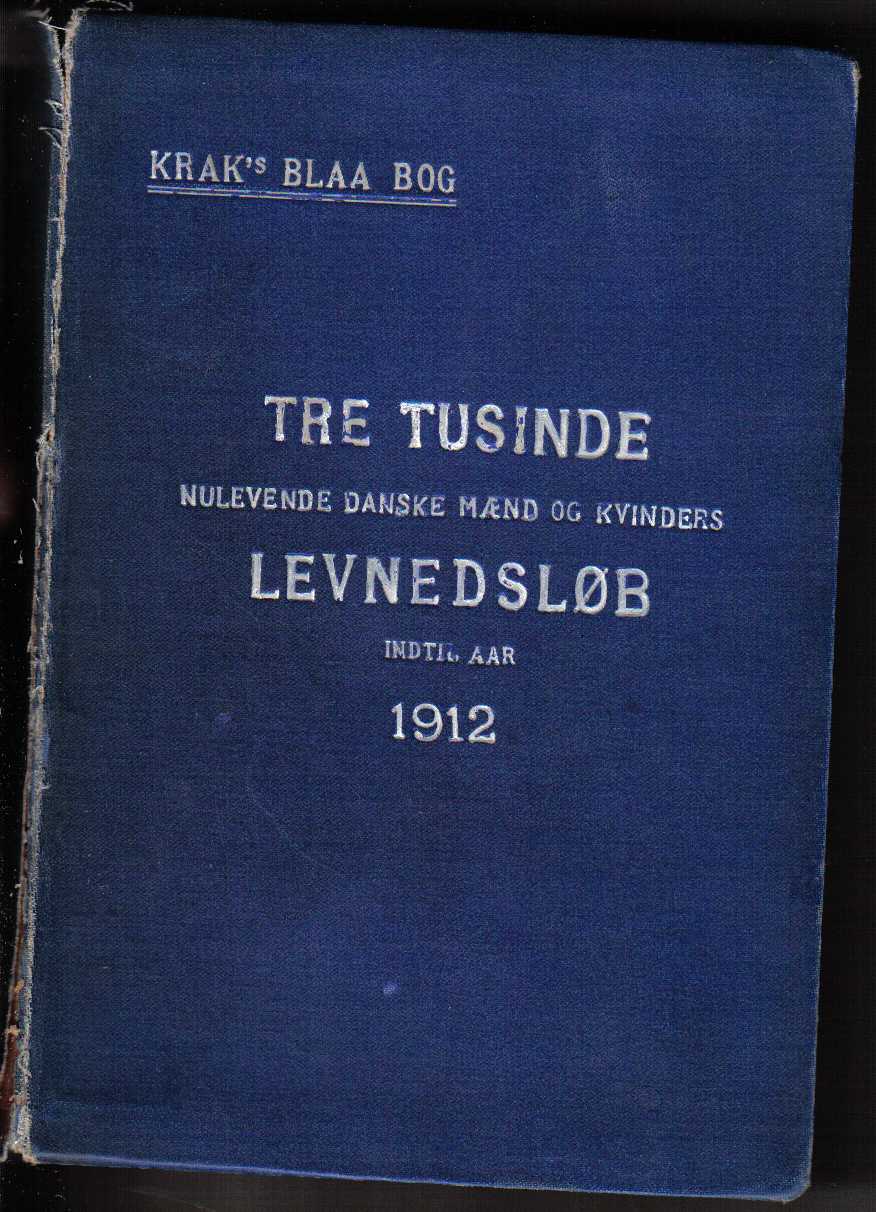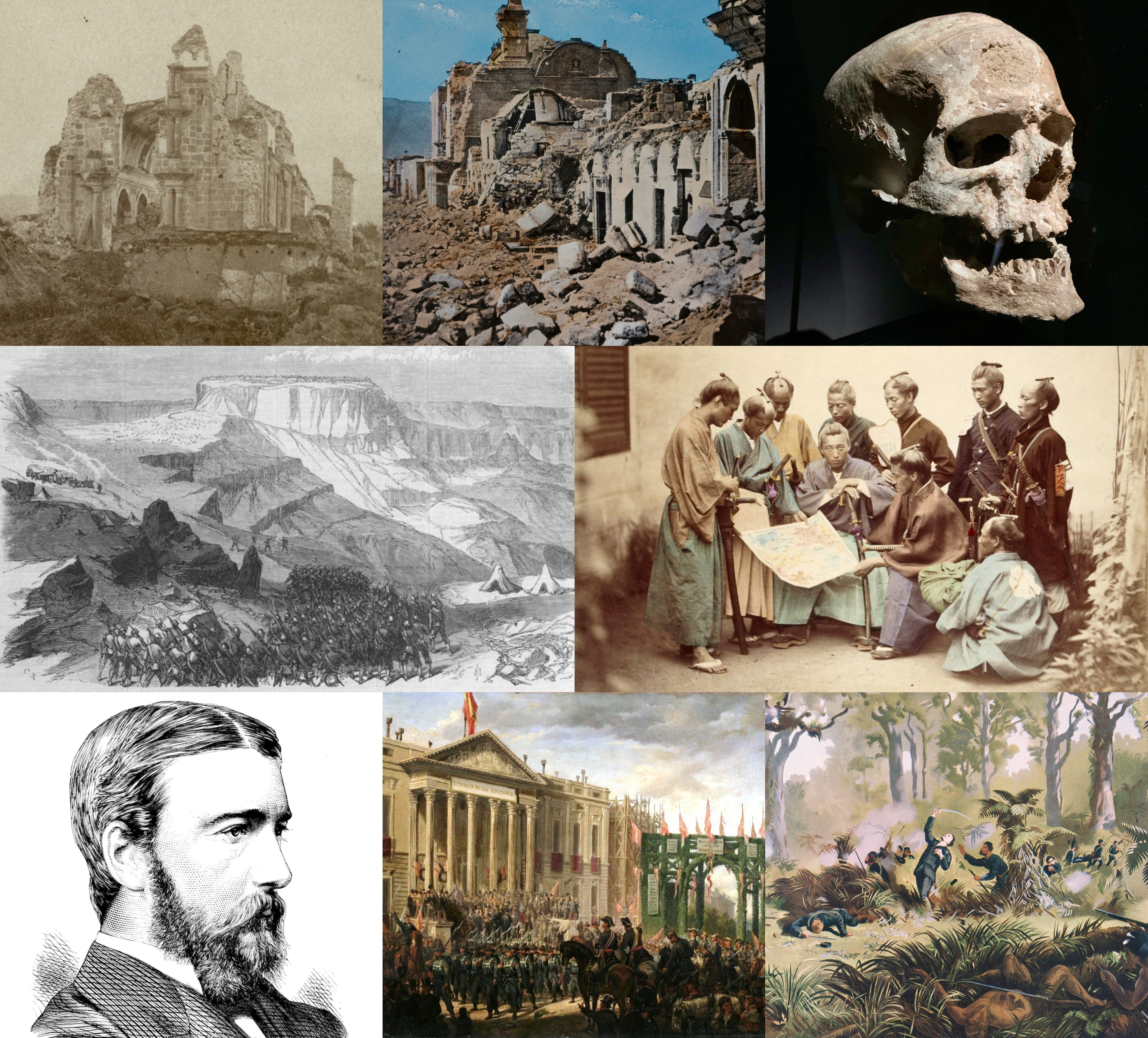|
Perriton Maxwell
Perriton Maxwell (January 11, 1868 – May 2, 1947) was an American author, editor and artist. Early life and education Maxwell was born in 1868 to Alfred Chester and Mary Louise Perriton Maxell. He went to public school in New York City and was also educated by private tutors in Brooklyn. He attended the Brooklyn Art School. In 1889 he married Myra Sydney Schuyler and became a journalist a few years later. Career Maxwell began his career as Sunday editor at the New York Recorder. He also later served on the editorial staffs of the The Sun (New York City), New York Sun, Vogue, and The Saturday Evening Post where he was both writer and illustrator. He was the editor of Metropolitan Magazine (New York City), Metropolitan Magazine (1900–1906), Cosmopolitan (magazine), Cosmopolitan (1906–1910), The Pall Mall Magazine, Nash's Magazine (1910–1913), Hearst's Magazine (1913–1914), The Chronicle (1917), Judge, and Frank Leslie's Illustrated Newspaper, Leslie's Weekly (1917–1921 ... [...More Info...] [...Related Items...] OR: [Wikipedia] [Google] [Baidu] |
The Sun (New York City)
''The Sun'' was a New York newspaper published from 1833 until 1950. It was considered a serious paper, like the city's two more successful broadsheets, ''The New York Times'' and the ''New York Herald Tribune''. ''The Sun'' was the first successful penny press, penny daily newspaper in the United States, and was for a time, the most successful newspaper in America. The paper had a central focus on crime news, in which it was a pioneer, and was the first journal to hire a police reporter. Its audience was primarily working class readers. ''The Sun'' is well-known for publishing the Great Moon Hoax of 1835, as well as Francis Pharcellus Church's 1897 editorial containing the line "Yes, Virginia, there is a Santa Claus". It merged with the ''New York World-Telegram'' in 1950. History ''The Sun'' began publication in New York on September 3, 1833, as a morning newspaper edited by Benjamin Day (publisher), Benjamin Day (1810–1889), with the slogan "It Shines for All". It co ... [...More Info...] [...Related Items...] OR: [Wikipedia] [Google] [Baidu] |
The Saturday Evening Post
''The Saturday Evening Post'' is an American magazine published six times a year. It was published weekly from 1897 until 1963, and then every other week until 1969. From the 1920s to the 1960s, it was one of the most widely circulated and influential magazines among the American middle class, with fiction, non-fiction, cartoons and features that reached two million homes every week. In the 1960s, the magazine's readership began to decline. In 1969, ''The Saturday Evening Post'' folded for two years before being revived as a quarterly publication with an emphasis on medical articles in 1971. As of the late 2000s, ''The Saturday Evening Post'' is published six times a year by the Saturday Evening Post Society, which purchased the magazine in 1982. The magazine was redesigned in 2013. History 19th century ''The Saturday Evening Post'' was first published in 1821 in the same printing shop at 53 Market Street (Philadelphia), Market Street in Philadelphia, where the Benjamin Frankl ... [...More Info...] [...Related Items...] OR: [Wikipedia] [Google] [Baidu] |
Metropolitan Magazine (New York City)
''Metropolitan'' was an American magazine, published monthly from 1895 to 1925 in New York City. Former U.S. President Theodore Roosevelt was editor of the magazine during World War I when it focused on politics and literature. It was sometimes named, or called, ''Metropolitan Magazine'' or ''The Metropolitan'', and its final issues were published as ''Macfadden's Fiction-Lover's Magazine''. Publication history ''Metropolitan Magazine'' began in 1895 as a "naughty picture magazine selling sex sationalism" in its earliest issues. In 1897 the ''Metropolitan'' featured suggestive photos of Nellie Melba the opera singer and of Yvette Guilbert reclined in her boudoir, which was very risque for the time. John Brisben Walker was its first editor and publisher. In 1898, the magazine built a more sophisticated reputation as a magazine for theater-goers in New York featuring writings by Kipling and Conrad. In 1902, the magazine was sold along with ''The Daily Telegraph'' for $100 ... [...More Info...] [...Related Items...] OR: [Wikipedia] [Google] [Baidu] |
Cosmopolitan (magazine)
''Cosmopolitan'' (stylized in all caps) is an American quarterly fashion and entertainment magazine for women, first published based in New York City in March 1886 as a family magazine; it was later transformed into a literary magazine and, since 1965, has become a women's magazine. ''Cosmopolitan'' is one of the best-selling magazines. Formerly titled ''The Cosmopolitan'' and often referred to as ''Cosmo'', ''Cosmopolitan'' has adapted its style and content. Its current incarnation was originally marketed as a woman's fashion magazine with articles on home, family, and cooking. For some time it focused more on new fiction and written work, which included short stories, novels, and articles. Now it is more targeted towards women's fashion, sports and modern interests. Eventually, editor-in-chief Helen Gurley Brown changed its attention to more of a women's empowerment magazine. Nowadays, its content includes articles discussing relationships, sex, health, careers, self-improve ... [...More Info...] [...Related Items...] OR: [Wikipedia] [Google] [Baidu] |
The Pall Mall Magazine
''The Pall Mall Magazine'' was a monthly British literary magazine published between 1893 and 1914. Begun by William Waldorf Astor as an offshoot of ''The Pall Mall Gazette'', the magazine included poetry, short stories, serialized fiction, and general commentaries, along with extensive artwork. It was notable in its time as the first British magazine to "publish illustrations in number and finish comparable to those of American periodicals of the same class" much of which was in the late Pre-Raphaelite style. It was often compared to the competing publication ''The Strand Magazine''; many artists, such as illustrator Sidney Paget and author H. G. Wells, sold freelance work to both. During its run, the magazine published many of the most significant artists of the day, including illustrators George Morrow (illustrator), George Morrow and Edmund Joseph Sullivan, poets Algernon Charles Swinburne and Rudyard Kipling, and authors such as Julian Osgood Field, Bernard Capes, Charlotte ... [...More Info...] [...Related Items...] OR: [Wikipedia] [Google] [Baidu] |
Frank Leslie's Illustrated Newspaper
''Frank Leslie's Illustrated Newspaper'', later renamed ''Leslie's Weekly'', was an American illustrated literary and news magazine founded in 1855 and published until 1922. It was one of several magazines started by publisher and illustrator Frank Leslie. Throughout its existence, the weekly provided illustrations and reports—with wood engravings, lithographs and steel engravings based on sketches and photography, beginning with daguerreotypes and later with more advanced forms of photography—of wars from John Brown's raid at Harpers Ferry and the Civil War to the Spanish–American War and the First World War - and numerous other articles of topical interest. Surviving issues today are prized by collectors for their vividly depicting American life during the seven decades of its existence. Many distinguished writers were featured in its pages. History Background Frank Leslie was the pen name of Henry Carter (1821–1880), the son of a well-to-do English glovemaker. ... [...More Info...] [...Related Items...] OR: [Wikipedia] [Google] [Baidu] |
Photoplay (magazine)
''Photoplay'' was one of the first American film fan magazines, its title another word for screenplay. It was founded in Chicago in 1911. Under early editors Julian Johnson and James R. Quirk, in style and reach it became a pacesetter for fan magazines. In 1921, ''Photoplay'' established what is considered the first significant annual movie award. For most of its run, it was published by Macfadden Publications. The magazine ceased publication in 1980. History ''Photoplay'' began as a short fiction magazine concerned mostly with the plots and characters of films at the time and was used as a promotional tool for those films. In 1915, Julian Johnson and James R. Quirk became the editors (though Quirk had been vice president of the magazine since its inception), and together they created a format which would set a precedent for almost all celebrity magazines that followed. By 1918 the circulation exceeded 200,000, with the popularity of the magazine fueled by the public's increas ... [...More Info...] [...Related Items...] OR: [Wikipedia] [Google] [Baidu] |
Who's Who
A Who's Who (or Who Is Who) is a reference work consisting of biographical entries of notable people in a particular field. The oldest and best-known is the annual publication ''Who's Who (UK), Who's Who'', a reference work on contemporary prominent people in Britain published annually since 1849. Notable examples by country * ''Who's Who (UK), Who's Who'', the oldest listing of prominent British people since 1849; people who have died since 1897 are listed in ''Who Was Who'' * ''Cambridge Who's Who'' (also known as ''Worldwide Who's Who''), a vanity publisher based in Uniondale, New York * ''Marquis Who's Who'', a series of books published since 1899 by Marquis, primarily listing prominent American people, but including ''Who's Who in the World'' * ''Who's Who in New Zealand'', twelve editions published at irregular intervals between 1908 and 1991 * ''Canadian Who's Who'', a listing of prominent Canadians since 1910 * ''Who's Who in Switzerland'', published from 1953 to 1996 and ... [...More Info...] [...Related Items...] OR: [Wikipedia] [Google] [Baidu] |
1868 Births
Events January * January 2 – British Expedition to Abyssinia: Robert Napier leads an expedition to free captive British officials and missionaries. * January 3 – The 15-year-old Mutsuhito, Emperor Meiji of Japan, declares the ''Meiji Restoration'', his own restoration to full power, under the influence of supporters from the Chōshū and Satsuma Domains, and against the supporters of the Tokugawa shogunate, triggering the Boshin War. * January 5 – Paraguayan War: Brazilian Army commander Luís Alves de Lima e Silva, Duke of Caxias, enters Asunción, Paraguay's capital. Some days later he declares the war is over. Nevertheless, Francisco Solano López, Paraguay's president, prepares guerrillas to fight in the countryside. * January 7 – The Arkansas constitutional convention meets in Little Rock. * January 9 – Penal transportation from Britain to Australia ends, with arrival of the convict ship '' Hougoumont'' in Western Australia, afte ... [...More Info...] [...Related Items...] OR: [Wikipedia] [Google] [Baidu] |
1947 Deaths
It was the first year of the Cold War, which would last until 1991, ending with the dissolution of the Soviet Union. Events January * January–February – Winter of 1946–47 in the United Kingdom: The worst snowfall in the country in the 20th century causes extensive disruption of travel. Given the low ratio of private vehicle ownership at the time, it is mainly remembered in terms of its effects on the railway network. * January 1 – The ''Canadian Citizenship Act, 1946, Canadian Citizenship Act'' comes into effect, providing a Canadian citizenship separate from British law. * January 4 – First issue of weekly magazine ''Der Spiegel'' published in Hanover, Germany, edited by Rudolf Augstein. * January 10 – The United Nations adopts a resolution to take control of the free city of Trieste. * January 15 – Elizabeth Short, an aspiring actress nicknamed the "Black Dahlia", is found brutally murdered in a vacant lot in Los Angeles; the mysterious case is never solv ... [...More Info...] [...Related Items...] OR: [Wikipedia] [Google] [Baidu] |







